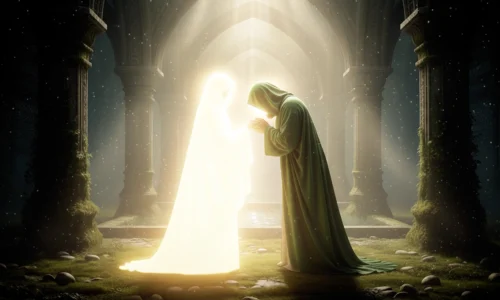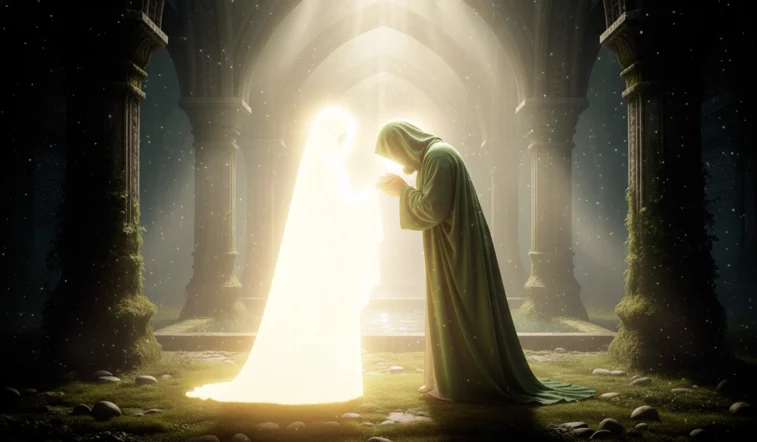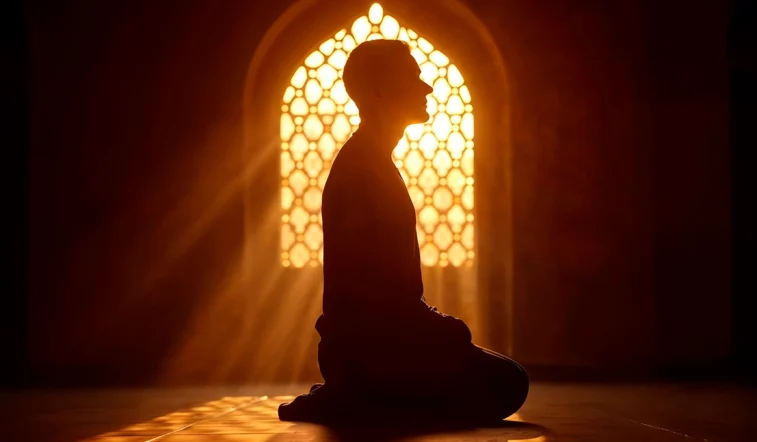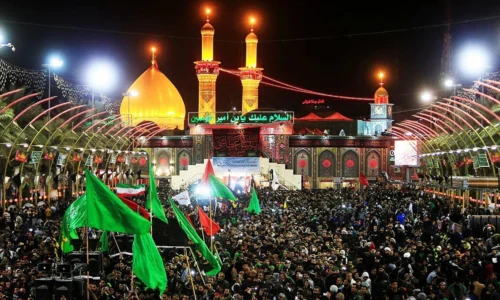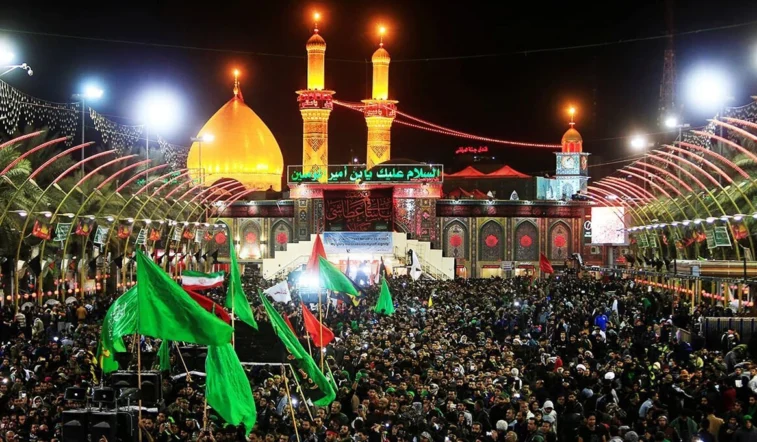One of the most profound and unifying prophecies in Islamic and Christian eschatology is the return of Prophet Jesus (peace be upon him)—not as an independent ruler, but as a supporter of Imam Mahdi (peace be upon him). This alliance is more than symbolic: it reflects the culmination of divine guidance across generations, faiths, and scriptures. The Gospels and Islamic traditions both predict a final age in which justice, truth, and divine authority will prevail—with Imam Mahdi leading, and Jesus supporting him.
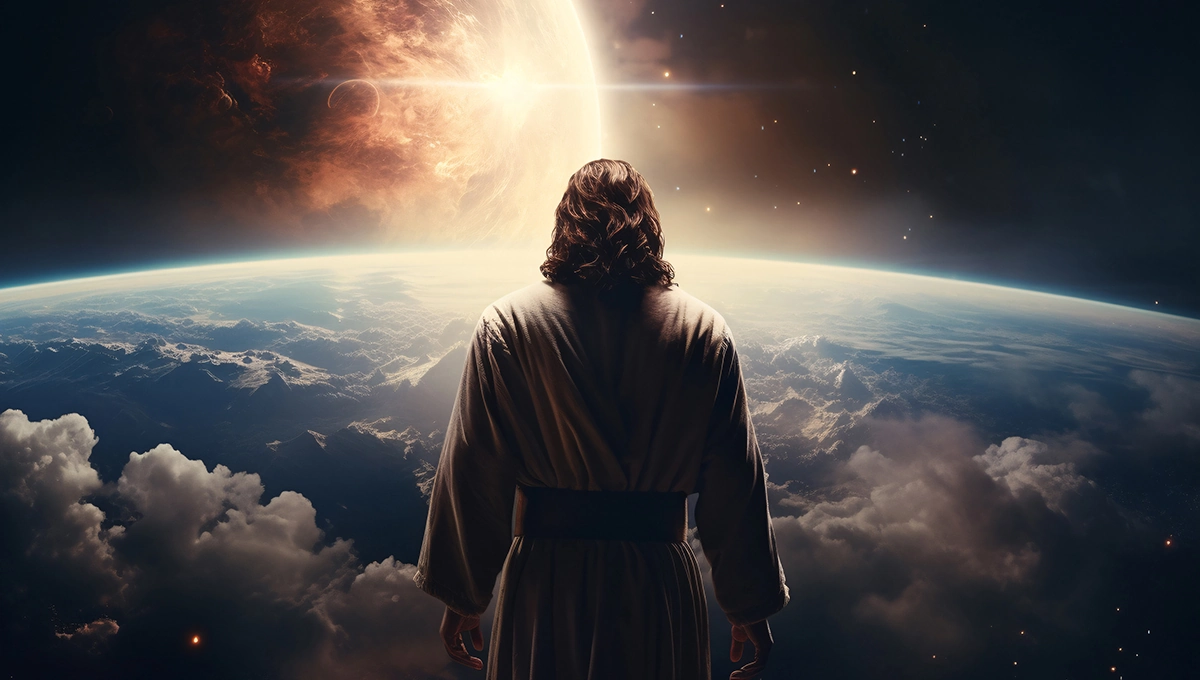
Jesus’ Return According to Islamic Belief
In Islam, Jesus (known as ‘Isa ibn Maryam) was neither killed nor crucified, but raised by God and preserved for a future mission. He will descend from the heavens in the End Times, appearing in Palestine after the rise of Imam Mahdi. According to multiple authentic hadiths:
- Jesus will descend near the white minaret in Damascus.
- He will join Imam Mahdi and pray behind him, demonstrating that Mahdi is the leader (Imam) of the time.
- He will help defeat the Antichrist (Dajjal).
- His mission will affirm the truth of Islam and the finality of Prophet Muhammad’s (PBUH) message.
This is not just spiritual support; Jesus will actively help guide the People of the Book (Jews and Christians) toward Imam Mahdi and Islam. His return will be a moment of clarity and unity for all believers.
Biblical Evidence: The “Son of Man” and the End Times
The New Testament contains multiple references to a mysterious eschatological figure known as the “Son of Man.” Many Christian theologians associate this title with Jesus, but as several biblical scholars—including entries in “Hawks’ Bible Dictionary”—note, only a portion of the references clearly point to Jesus. The rest describe a future redeemer, distinct from Jesus, who will appear at the end of time with power and divine authority.
Key Prophecies from the Gospels:
Matthew 24:
“Immediately after the tribulation of those days… the sign of the Son of Man will appear in heaven… and they will see the Son of Man coming on the clouds of heaven with power and great glory.”
Luke 21:
“And then shall they see the Son of Man coming in a cloud with power and great glory… therefore be ready also: for the Son of Man comes at an hour you do not expect.”
John 5:
“And he has given him authority to judge because he is the Son of Man… the time is coming when all who are in their graves will hear his voice and come out…”
These verses emphasize the divine support, sudden appearance, and global impact of this figure. While Christians believe these refer to Jesus, Islamic interpretation—based on cross-scriptural evidence—holds that many of these references in fact align more precisely with Imam Mahdi (Peace Upon Him), whom Jesus will return to assist.
Apocalyptic Symbols and Their Islamic Parallels
The Book of Revelation (Apocalypse of John) is especially striking. It speaks of:
- A woman crowned with twelve stars giving birth to a male child “who will rule all nations with an iron rod.”
- A battle between the forces of good and the dragon (Satan).
- A white horseman named “Faithful and True,” wearing a blood-stained robe, followed by an army of righteous ones on white horses.
In Islamic tradition, this male child ruling with an iron rod corresponds with Imam Mahdi, the promised redeemer hidden from the world, awaiting God’s command to reappear. The blood-stained robe is reminiscent of his return in a time of violence and oppression, where he rises to establish a global government of justice.
Even Revelation 19, which speaks of the “Word of God” leading an army from the heavens, is reflected in hadiths about Jesus returning with angelic support to fight alongside Imam Mahdi.
Jesus’ Role as a Follower of Imam Mahdi
According to Islamic narrations:
- Jesus will pray behind Imam Mahdi, showing the world that he is not coming with a new religion, but to support the divine leadership of the final Imam.
- His return will guide many Jews and Christians toward Islam and fulfill God’s promise to unite believers under a single truth.
- He will publicly reject false claims of divinity, affirming his status as a prophet and servant of God.
“Jesus will descend… then the Mahdi will say: ‘Come, lead us in prayer,’ but Jesus will reply: ‘This is your time, and the call is for you.’”
(Hadith – Sahih Muslim and others)
Biblical Language That Matches Islamic Belief
The Gospel of Matthew (Chapter 25) speaks of the Son of Man coming in glory, separating the righteous from the wicked. This judgment scene echoes the role of Imam Mahdi and Jesus in restoring divine justice, rewarding the faithful and eliminating corruption.
Even Paul’s letter to the Romans states:
“He who is raised to rule the nations, in him shall the Gentiles hope.”
(Romans 15:12)
Islamic scholars see this as a reference to Imam Mahdi—the one who rules with divine justice over all nations, in whom the world’s oppressed place their final hope.
Conclusion: A United Divine Mission
Both the Qur’an and the Bible foretell a final age of justice—ushered in by two mighty figures: Imam Mahdi and Prophet Jesus (peace be upon them both). Jesus will not come as a rival, but as a loyal supporter of the Mahdi, joining him in the final divine uprising against falsehood, tyranny, and disbelief.
Their mission is not merely about religion—it is about universal salvation, ending injustice, and preparing humanity for the Day of Judgment.
“And there is none of the People of the Book but will believe in him before his death…”
(Qur’an 4:159)
The return of Jesus to support Imam Mahdi is not just a hope for Muslims—it is a call to all of humanity to awaken, prepare, and align themselves with truth, justice, and the awaited divine guidance.
